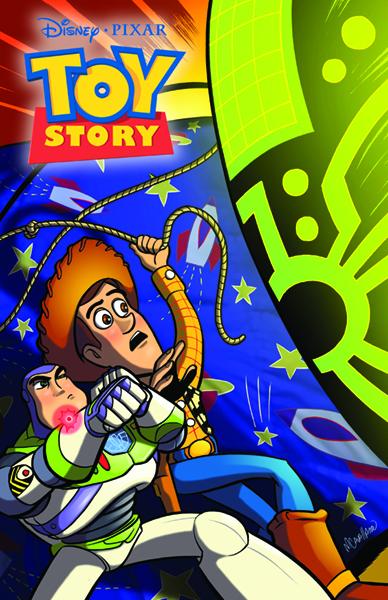
Review: Toy Story: The Mysterious Stranger TPB
Release Date: August 26, 2009
Writer(s): Dan Jolley
Artist(s): Chris Moreno
Cover(s): Mike DeCarlo, Chris Moreno, Michael Cavallaro, Brent Schoonver
Colors: Veronica Gandini and Flavio B. Silva
Letterer: Deron Bennett and Jose Macasocol, Jr.
Editor: Paul Morrissey
Publisher: BOOM! KIDS
I’m a childhood fan of all things Disney, especially some of Pixar’s earlier films. All Pixar’s works have consistently become both critical and financial successes ever since they started with the Toy Story franchise, which is known today as the first full-length feature film to have used fully 3D, and as the benchmark by which other 3D works have been measured since then. Like many of the 2D animated Disney films before it, it is considered a classic and a mainstay within both film and animation circles. So, because of the many accolades the movie is associated with, I approached this comic knowing the standard by which anything made in the franchise must be held up to, and knowing that nothing less would be, or should be, accepted. However, in all brevity, this comic spin-off of Toy Story falls short of that standard.
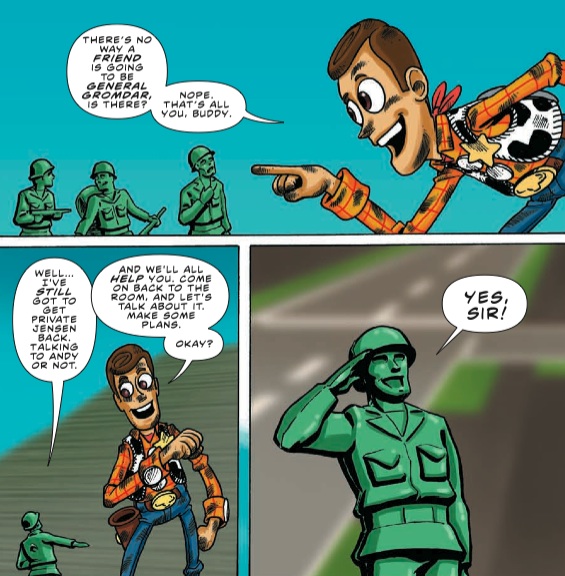
The stories are set after the first movie and revolve around the “lives” of the toys owned by Andy and includes the entire cast of characters from the first movie, from Buzz and Woody to Bo Peep and the Green Army Men, and often tackle the harsh subjects of being replaced, having their sentience revealed to humans, or to not being played with, a fear equal to being replaced. To be fair, the comic is targeted to children, and I did not expect it to tackle subjects any harder and any more mature than the day-to-day problems of the toys and their struggle to keep their secret. Regardless, the plots are still a little simplistic and shallow for the target audience, with the exception of the last issue: Woody explains to the mutinous Sarge, the leader of the green army men, that exposing their sentience to Andy would render them purposeless as toys because, as toys, their entire purpose is to be vessels for their child’s imagination. It’s an interesting point that had me thinking about the existence of toys and imagination in general, but its delivery was a little shallow, as Sarge seemed to accept the truth a little too quickly.
The art is equally lackluster, lacking the depth that its film predecessor had in spades. Sure, Buzz’s and Woody’s costumes are the right colors, but their facial expressions are rather simplistic and do not seem to portray a range of emotion more than surprise, despair and shock. Admittedly, comparing the 3D models of the characters in Toy Story with their 2D counterparts is rather unfair, and, believe me, I don’t expect a Rembrandt in every panel, but I think there should have been a little more work done on the characters themselves. Every time I see Woody or Buzz in a scene, I keep thinking that they are naught but bug-eyed versions of their on-screen counterparts. However, I must give props to Mike DeCarlo for some of his wonderful covers in the series, as the characters are more detailed and cleaner than their counterparts within the books.
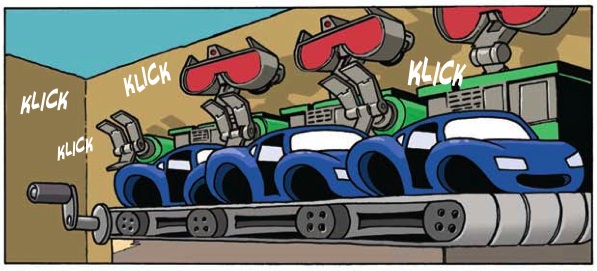
Honestly, the idea of creating a comic book series based around the lives of the actual toys in Andy’s room is an interesting idea to say the least, but I would have wanted to see the adventures that the toys take in their own parallel universe, as spaghetti westerns and space adventures sound more interesting than the simple lives of toys in the playroom. Regardless of the lackluster art and story, this is still a decent effort on the part of the creators to further explore the Toy Story universe. I would recommend this to children and any super hard-core fans of the Pixar series.


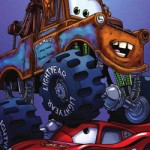
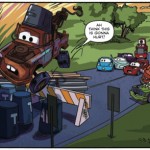
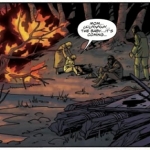
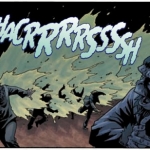

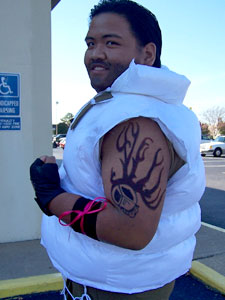 After finding out that the school's library was a welcome respite from the heat of the tropical island he inhabited, Paolo Jasa found out that books were a whole lot better than being a constant target during P.E. class; so much so that he developed a love for them that would last him a life time. His first forays in Science Fiction were in the novels of the esteemed I. Asimov, R. Bradbury, and D. Adams, while his adventures in Fantasy took him to the realms of Discworld, Hogwarts, and a Chicago that houses the only Wizard-For-Hire found in the local Yellow Pages, Harry Dresden.
After finding out that the school's library was a welcome respite from the heat of the tropical island he inhabited, Paolo Jasa found out that books were a whole lot better than being a constant target during P.E. class; so much so that he developed a love for them that would last him a life time. His first forays in Science Fiction were in the novels of the esteemed I. Asimov, R. Bradbury, and D. Adams, while his adventures in Fantasy took him to the realms of Discworld, Hogwarts, and a Chicago that houses the only Wizard-For-Hire found in the local Yellow Pages, Harry Dresden.